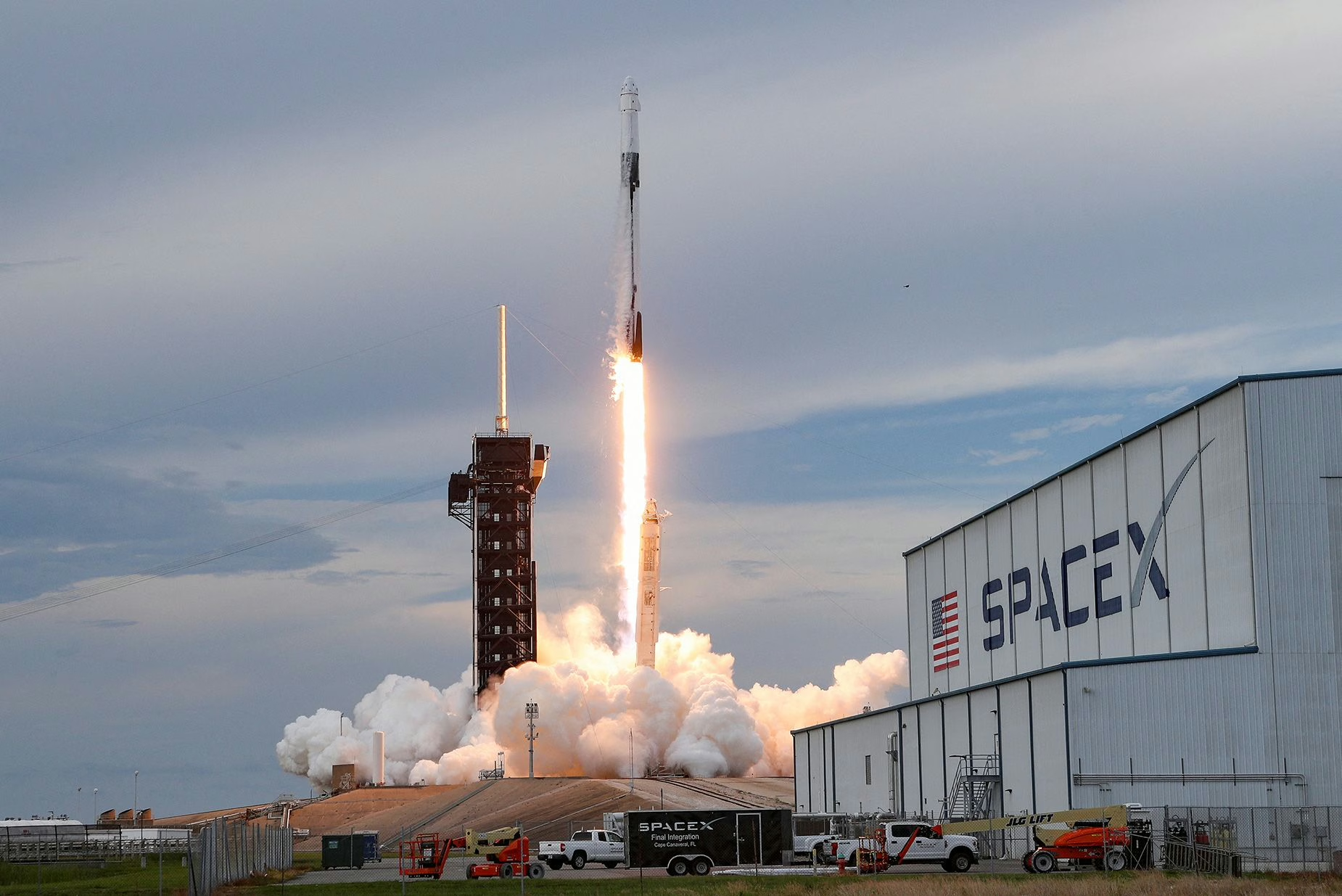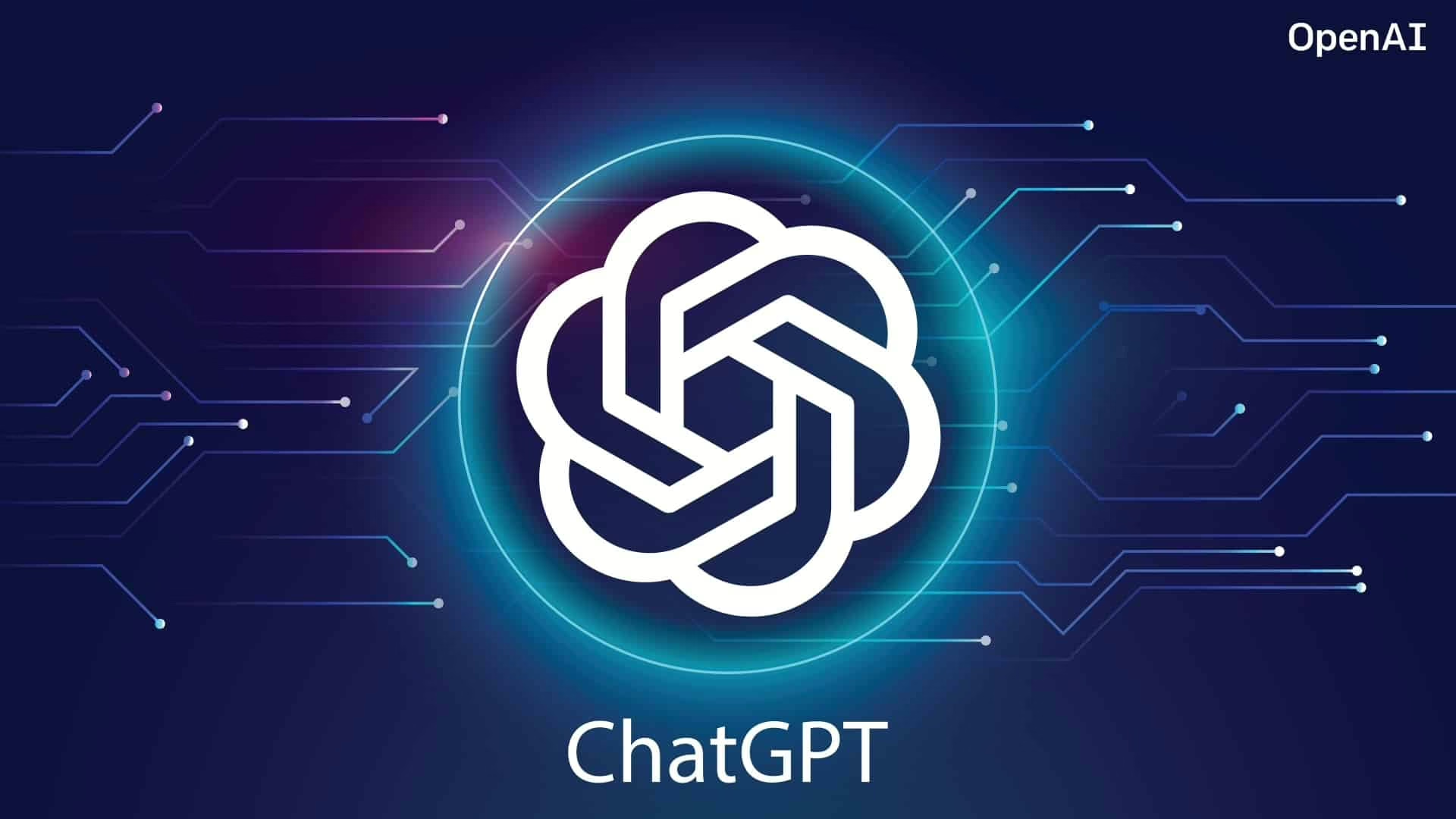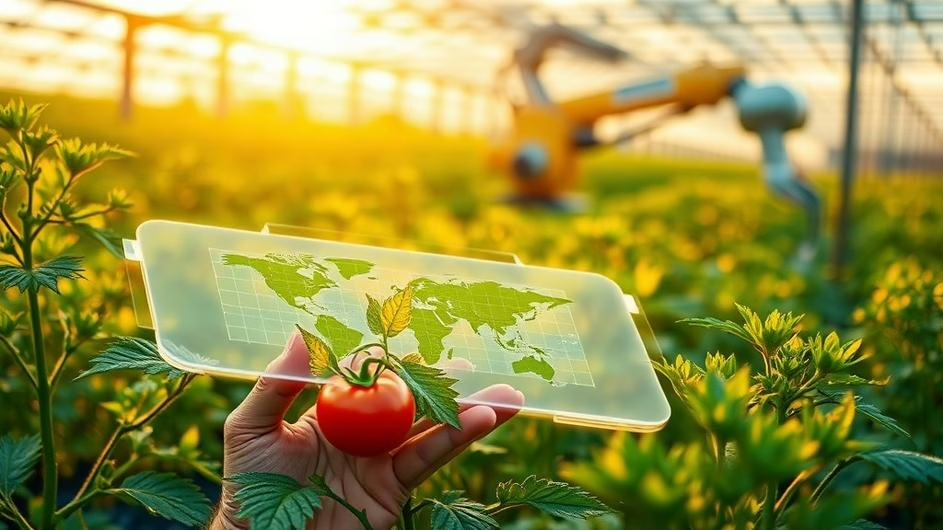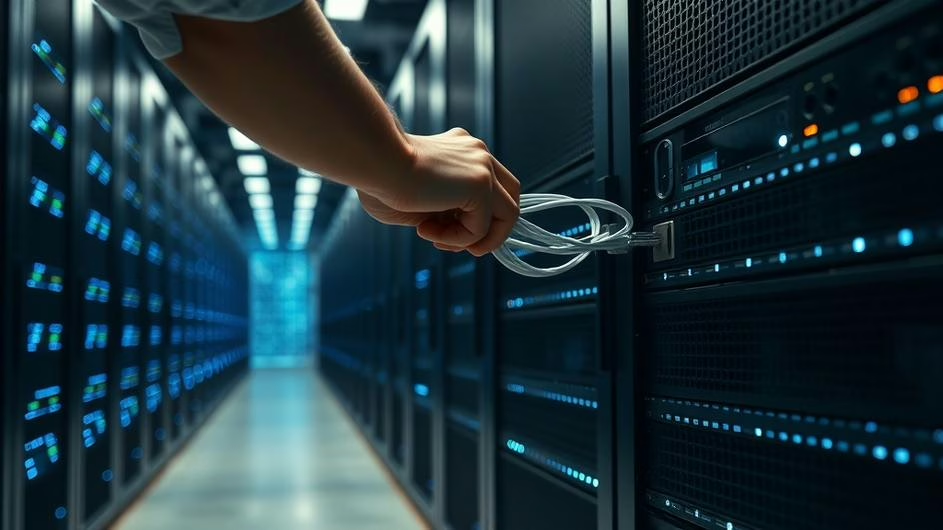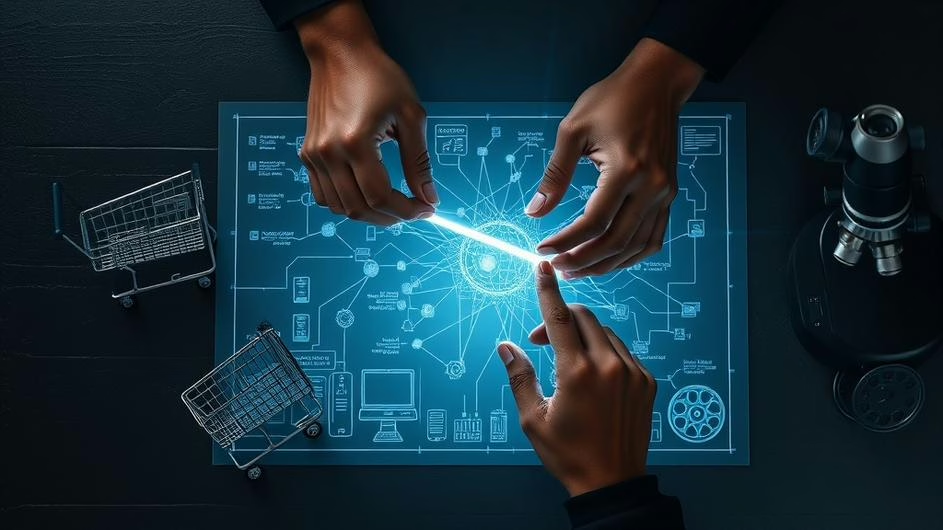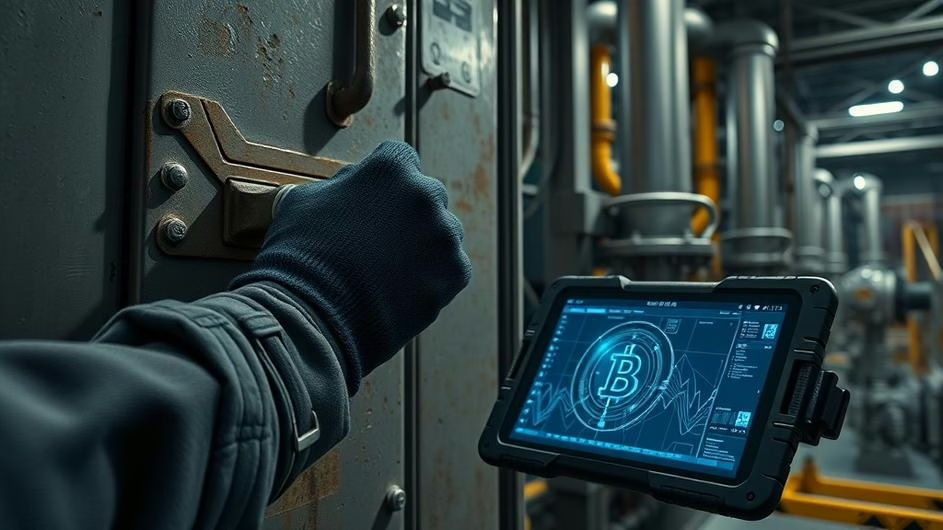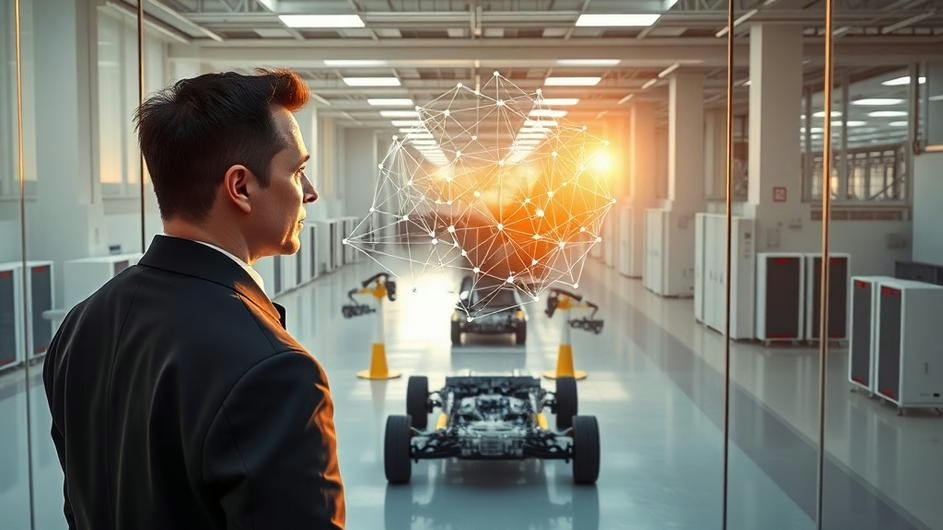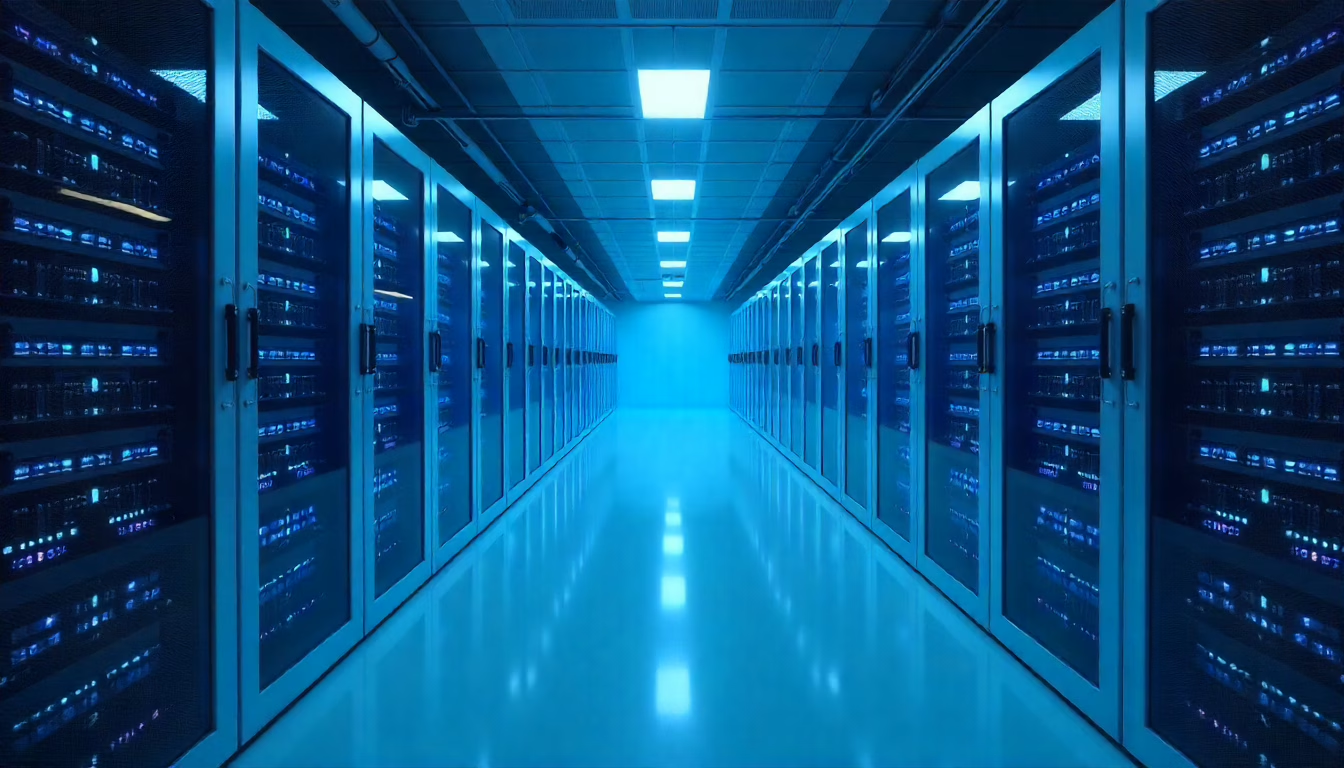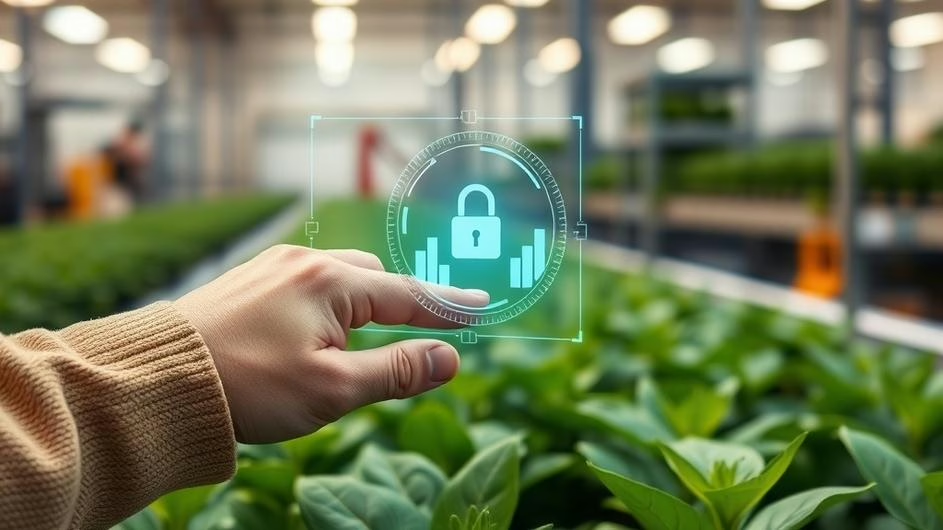
The Expanding IoT Frontier: How Smart Connectivity is Shaping Industry, Security, and Sustainability
If you’ve been watching the tech space lately, you’ve probably noticed something: IoT isn’t just a buzzword anymore. It’s everywhere. From factory floors buzzing with sensor data to farms that practically run themselves, the Internet of Things has quietly become the backbone of modern industry. But here’s the thing that keeps tech leaders up at night: for every breakthrough in efficiency and automation, there’s a new security vulnerability waiting to be exploited.
We’re at a fascinating crossroads. IoT promises to revolutionize how we work, grow food, and manage resources. Yet cybersecurity experts warn that our rush to connect everything might be creating more problems than solutions. So what’s really happening on the ground? Let’s dig into how IoT is reshaping key industries and why the stakes have never been higher.
Manufacturing Gets a Digital Makeover
Walk into a modern factory today and you’ll see something that would’ve seemed like science fiction a decade ago. IoT sensors embedded throughout production lines are feeding real-time data to cloud platforms, creating what industry insiders call “digital twins” of physical operations.
This isn’t just about collecting data for the sake of it. Plant managers can now spot a potential bearing failure days before it happens, schedule maintenance during planned downtime, and avoid those costly emergency shutdowns that used to plague manufacturing. The numbers speak for themselves: companies implementing comprehensive IoT monitoring report 10-20% reductions in unplanned downtime.
But the real game-changer? Supply chain visibility. When every pallet, every shipment, every component has a digital identity, manufacturers can respond to disruptions with the kind of agility that would’ve been impossible just a few years ago. It’s like having a crystal ball for your entire operation.
The connection to broader AI and automation trends is impossible to ignore. Machine learning algorithms are getting better at predicting failures, optimizing workflows, and even adjusting production schedules in real-time based on demand forecasts.
Agriculture’s Precision Revolution
Meanwhile, farmers are experiencing their own digital transformation. Smart agriculture systems are turning traditional farming into a data-driven science that would make any tech startup jealous.
Picture this: soil sensors scattered across fields constantly measure moisture, pH, and nutrient levels. Weather stations provide hyper-local forecasts. Drones equipped with multispectral cameras map crop health at the individual plant level. All this data flows into AI-powered platforms that can tell farmers exactly when and where to irrigate, fertilize, or treat for pests.
The environmental impact alone makes this transformation compelling. Water usage drops by 20-30% when irrigation systems respond to real-time soil conditions rather than fixed schedules. Fertilizer application becomes surgical, reducing both costs and environmental runoff. For an industry under increasing pressure to feed a growing population while minimizing ecological impact, these improvements aren’t just nice to have, they’re essential.
What’s particularly interesting is how this mirrors developments in other sectors. The same digital twin technology transforming manufacturing is now helping farmers create virtual models of their fields, complete with predictive analytics for crop yields and resource optimization.
The Connectivity Conundrum
Here’s where things get technical. All these connected devices need reliable, cost-effective ways to communicate. For years, the go-to solution was roaming SIM cards, which let devices hop between different cellular networks as needed. Sounds simple enough, right?
Not so fast. Industry analysts now report that only a tiny fraction of IoT providers still consider roaming SIMs the best choice for global connectivity. The problem? Unpredictable costs, inconsistent performance, and limited control over network behavior.
The new hotness? Programmable local SIMs and Multi-IMSI technology. These solutions give companies more control over their connectivity, more predictable costs, and better performance. For organizations managing thousands of sensors across multiple countries, this shift represents a fundamental change in how IoT infrastructure gets deployed and managed.
It’s another example of how the tech industry is maturing. The early days of “just connect everything” are giving way to more sophisticated approaches that prioritize reliability and cost management over pure connectivity.

Security: The Elephant in the Connected Room
Now for the part that makes cybersecurity professionals break out in cold sweats. Every new IoT device represents a potential entry point for attackers. Unlike your laptop or smartphone, which get regular security updates and have robust built-in protections, many IoT devices are essentially mini-computers with minimal security controls.
Phosphorus’ President Sonu Shankar recently highlighted how sophisticated threat groups like Salt Typhoon are specifically targeting these vulnerabilities. They’re using novel attack techniques to slip into networks through poorly secured IoT devices, then moving laterally to access critical systems.
The scope of this problem keeps expanding. Recent research revealed that even AI-powered integrations, like certain calendar systems, can be exploited to execute unauthorized commands and steal sensitive data. When security researchers demonstrated how attackers could leverage these weaknesses to access user emails, it underscored just how interconnected our security challenges have become.
This ties directly into broader concerns about cybersecurity in 2025. As IoT deployments scale up, so do the potential attack surfaces. Smart home devices, industrial sensors, agricultural monitoring systems, they’re all potential targets in an increasingly hostile digital landscape.
What’s Next for Connected Everything?
Despite the security challenges, IoT adoption isn’t slowing down. If anything, it’s accelerating. The combination of cheaper sensors, more reliable connectivity options, and increasingly sophisticated AI analytics is creating opportunities that didn’t exist even two years ago.
Manufacturing and agriculture are just the beginning. Healthcare providers are using IoT to monitor patients remotely. Cities are deploying smart infrastructure to optimize traffic flow and energy usage. The convergence with cloud computing and AI is opening up possibilities we’re only starting to explore.
The key question isn’t whether IoT will continue growing, it’s how quickly we can solve the security and interoperability challenges that are holding back broader adoption. Companies that figure out how to deploy IoT securely and at scale will have massive competitive advantages. Those that don’t? They’ll either get left behind or become cautionary tales about the risks of rushing into digital transformation without proper planning.
For tech professionals, investors, and business leaders, IoT represents both an enormous opportunity and a complex challenge. The technology is proven, the business cases are compelling, and the infrastructure is maturing. But success will require careful attention to security, thoughtful connectivity strategies, and realistic expectations about implementation timelines.
The IoT revolution is happening whether we’re ready or not. The question is: are you prepared to navigate both its promises and its pitfalls?
Sources
- “IoT in Manufacturing: Components, Benefits & Challenges”. Inbound Logistics, September 16, 2025. https://www.inboundlogistics.com/articles/iot-manufacturing-components-benefits-and-challenges/
- “Phosphorus’ Sonu Shankar on IoT Vulnerabilities and Salt Typhoon Tactics”. CyberScoop, September 11, 2025. https://cyberscoop.com/radio/phosphorus-sonu-shankar-iot-vulnerabilities-salt-typhoon-npm-scare/
- “Roaming Takes a Back Seat for IoT”. RCR Wireless, September 16, 2025. https://www.rcrwireless.com/20250916/internet-of-things/global-iot-connectivity
- “Smart & Sustainable Agriculture: IoT And Tech Review 2025”. Farmonaut, September 14, 2025. https://farmonaut.com/precision-farming/smart-sustainable-agriculture-iot-and-tech-review-2025
- “ChatGPT’s New Calendar Integration Can Be Abused to Steal Emails”. SecurityWeek, September 16, 2025. https://www.securityweek.com/chatgpts-new-calendar-integration-can-be-abused-to-steal-emails/








